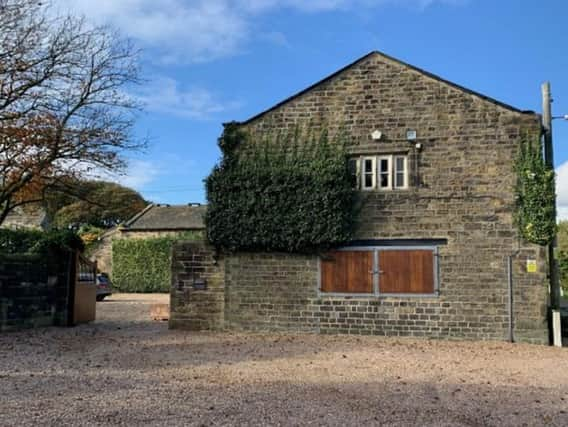Proposals to turn 17th century listed building into restaurant and offices show 'fundamental lack of understanding about its significance'


Earlier this year a planning application to turn one of the buildings on the site of the hall – an old stables, into a restaurant, office space and “light commercial” units, was submitted to Bradford Council.
Submitted by Mr and Mrs Hussain, the application said the change will give the historic building a new use and prevent it from deteriorating.
The building in question is also Grade II* listed.
Advertisement
Hide AdAdvertisement
Hide AdHowever, there were a number of objections to the site, including one from conservation group Historic England.
And the application now been refused by planning officers, who said there was not nearly enough detail in the planning application for them to make a decision on the future of such a significant building.
The site has a lengthy history. A property has been on the site for over 800 years, although the building that is subject of the new planning application dates back to the late 1600s.
King Henry V gifted Royds Hall to the Rooke family as a gift and this family became tenants of the land in the year 1313.
Advertisement
Hide AdAdvertisement
Hide AdThe Reverend Joseph Dawson wrote religious text at the house whilst local scientist Joseph Priestly may have discovered the element Oxygen there.
The new application would have allowed the outbuilding to be divided into a 130 square metre restaurant, 235 square metre light commercial unit, a 40 square metre office and a 40 square metre research and development unit.
There had been 14 objections to the plans, with people raising concerns over the increase in traffic to the site that the changes would bring – access to the site is by a narrow road.
In a letter to the Council from Historic England the body said while it would not object to the building being re-used “as it currently stands, the application does not contain enough information to understand the impact some of the proposed interventions could have on the listed building or the setting of the surrounding listed assets.”
Advertisement
Hide AdAdvertisement
Hide AdPlanning officers raised similar concerns, ,saying: “there are no details about the internal features of the building or how the proposed alterations will affect the historic building fabric.
“Further to this limited justification has been provided within the application submission for the proposed use or interventions, particularly having regard for the fact the building is not at risk from deterioration, its high heritage grading or the proposed uses impact on the setting of neighbouring listed buildings.
“Thus, there appears to be a fundamental lack of understanding about the significance of the building from the outset.”
They also raised concerns about traffic to the site. It said: “The proposed change of use will create a significant increase in the comings and goings to the site. It provides insufficient parking and turning space and would be likely to lead to an intensification of use of a substandard narrow highway with vehicles reversing long distances in order to allow another to pass and overspill parking on the highway obstructing the free flow of traffic, likely to lead to conditions prejudicial to pedestrian and highway safety.”